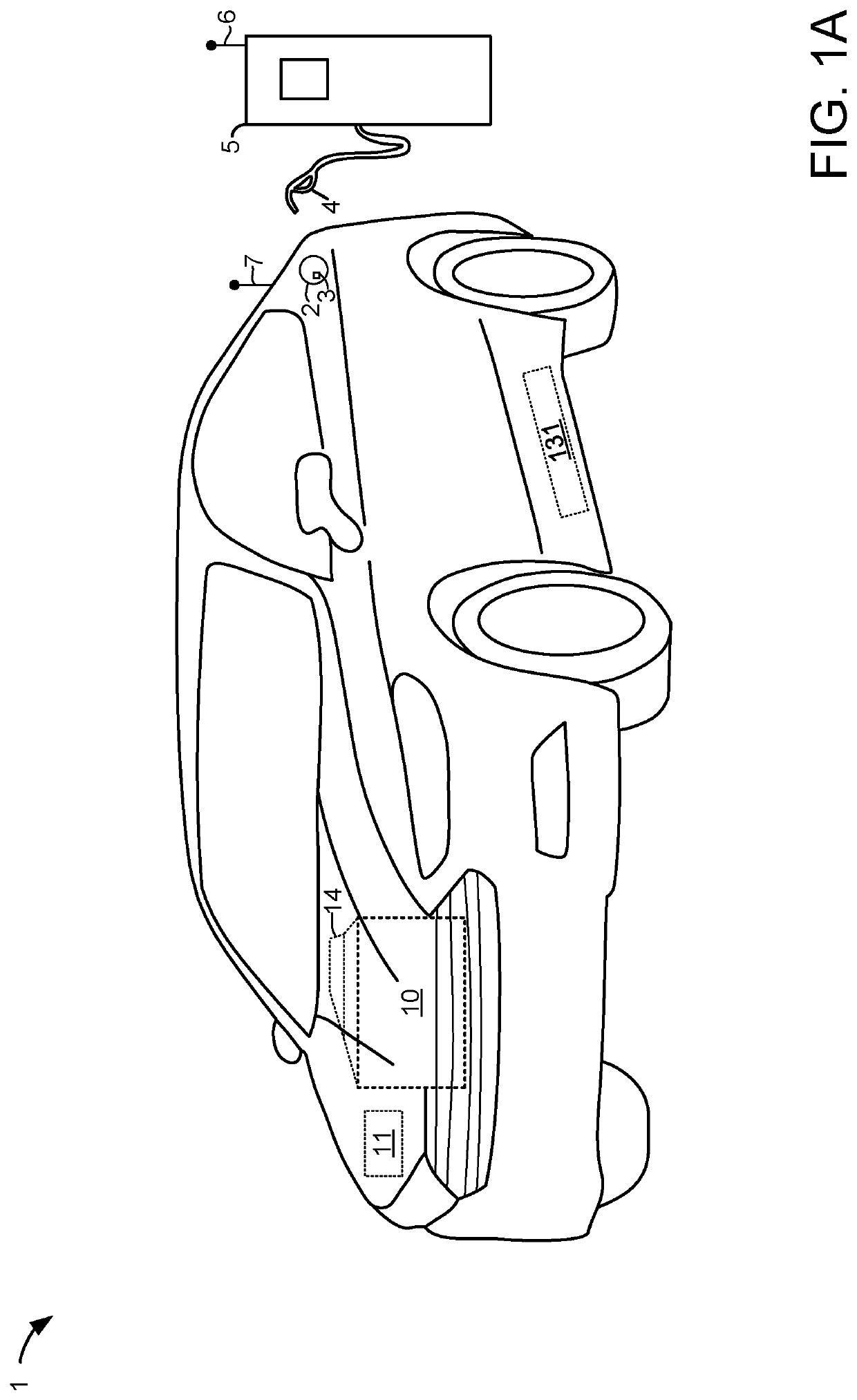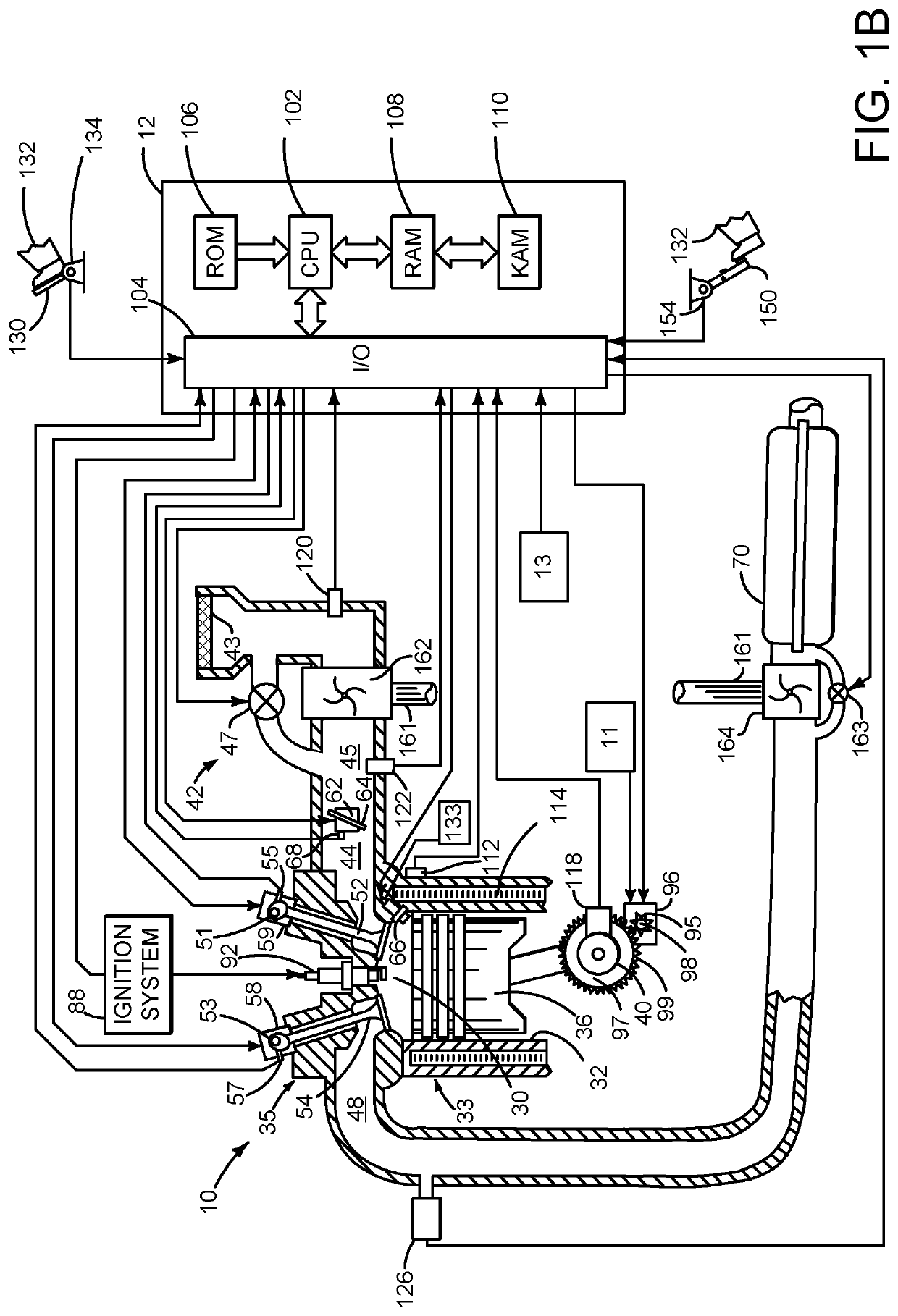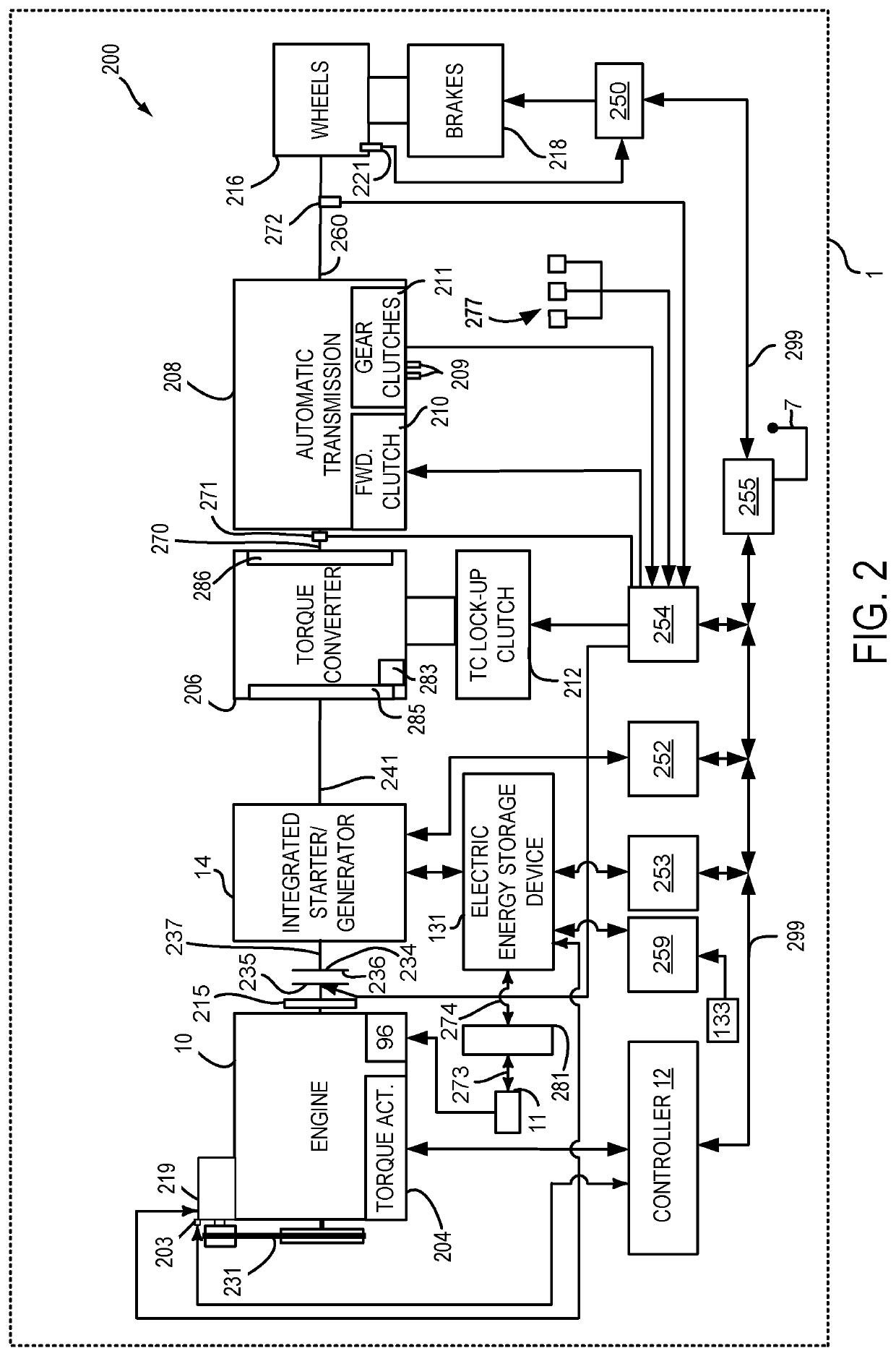Method and system for operating a gaseous fuel vehicle
a gaseous fuel and vehicle technology, applied in the direction of machines/engines, battery/fuel cell control arrangements, battery/cell propulsion, etc., can solve the problems of limited gaseous fuel that may be stored onboard the vehicle, reduced etc., to improve engine starting, reduce engine emissions, and reduce the range of gaseous fuel vehicles
- Summary
- Abstract
- Description
- Claims
- Application Information
AI Technical Summary
Benefits of technology
Problems solved by technology
Method used
Image
Examples
Embodiment Construction
[0016]The present description is related to operating a vehicle that includes a gaseous fuel storage tank. The vehicle may include an internal combustion engine and an electric machine for propelling the vehicle as is shown in FIGS. 1A-2. The vehicle may include one or more cooling circuits for cooling the gaseous fuel tank as shown in FIGS. 3A and 3B. The vehicle may be operated according to the sequence of FIG. 4 and according to the method of FIG. 5.
[0017]Referring to FIG. 1A, a vehicle 1 including an engine 10, an electric machine 14, a first electrical energy storage device 11, and a second electrical energy storage device 131 is shown. In one example, the vehicle 1 may be propelled solely via the engine 10, solely via the electrical machine 14, or by both the engine 10 and the electrical machine 14. The electrical machine 14 may be supplied electrical power via the second electrical energy storage device 131. Thus, second electric energy storage device 131 may be referred to a...
PUM
 Login to View More
Login to View More Abstract
Description
Claims
Application Information
 Login to View More
Login to View More - R&D
- Intellectual Property
- Life Sciences
- Materials
- Tech Scout
- Unparalleled Data Quality
- Higher Quality Content
- 60% Fewer Hallucinations
Browse by: Latest US Patents, China's latest patents, Technical Efficacy Thesaurus, Application Domain, Technology Topic, Popular Technical Reports.
© 2025 PatSnap. All rights reserved.Legal|Privacy policy|Modern Slavery Act Transparency Statement|Sitemap|About US| Contact US: help@patsnap.com



